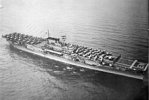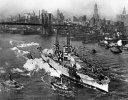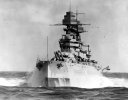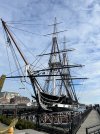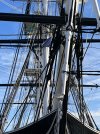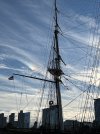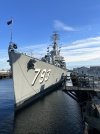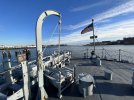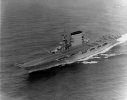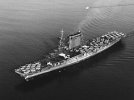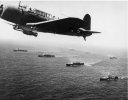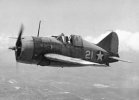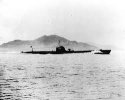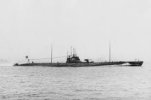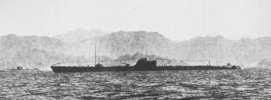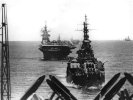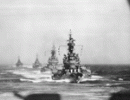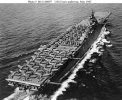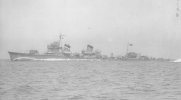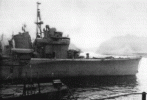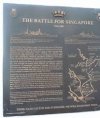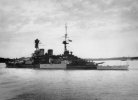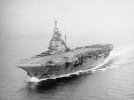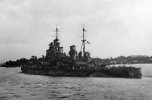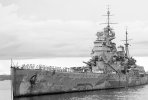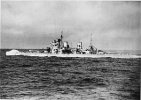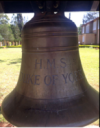Since we are approaching Pearl Harbor Day I am reminded that in 2002 an exploration team discovered the submarine sunk by the USS Ward on the morning of December 7, 1941. Intact, the sub lies in 1100 feet of water just a few miles from where Ward’s captain reported their brief encounter had taken place. A single four-inch diameter hole in the hull, just below the conning tower, marks the first shot fired in the Pacific War.
It is one of two still at the bottom of the sea. Both mini submarines are considered both historic sites and war graves. Since 2002, NOAA, the National Park Service and the University of Hawaii have mounted several expeditions to the two mini submarine wrecks, most notably in 2005. The results of the various expeditions, as well as the history and technology of the mini submarines can be read about in the book, The Lost Submarines of Pearl Harbor. The two boars are also protected by the Sunken Military Craft Act administered by the U.S. Navy’s Naval History and Heritage Command. Here is a phot of the sub sunk by the Ward, the first U.S. shot of WWII.
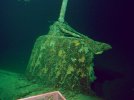
It is one of two still at the bottom of the sea. Both mini submarines are considered both historic sites and war graves. Since 2002, NOAA, the National Park Service and the University of Hawaii have mounted several expeditions to the two mini submarine wrecks, most notably in 2005. The results of the various expeditions, as well as the history and technology of the mini submarines can be read about in the book, The Lost Submarines of Pearl Harbor. The two boars are also protected by the Sunken Military Craft Act administered by the U.S. Navy’s Naval History and Heritage Command. Here is a phot of the sub sunk by the Ward, the first U.S. shot of WWII.



